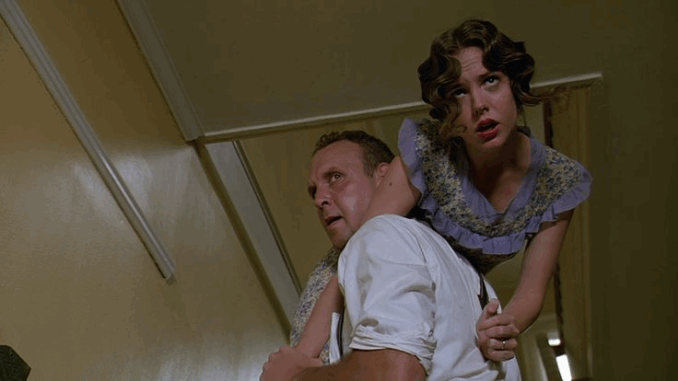
Setting
Frank Bennett is an abusive, controlling, and violent husband. Ruth lives in fear, isolation, and no clear way out — something that was common for women in those days, when society had no clear concept of “domestic violence.”
She receives a letter from Idgie — a dear old friend who was the only person who made her feel loved and free. Idgie’s words “I’ll always be there for you” are a lifeline.
Action Scene
In one particularly poignant scene, Ruth sneaks out of Frank’s house while he’s away. She takes only what she needs — including a Bible. The scene is quiet, the music soft but tense. When Frank returns home and finds Ruth gone, the audience feels the danger she has escaped — but also the great risk she has taken.

Psychological Analysis
Ruth is not the rebellious type of woman. She is gentle, quiet, and very traditional. But that makes her escape all the more daring. She overcomes not only her fear of Frank, but also her fear of violating social norms.
At that time, separation or divorce was condemned. Women had to “suffer for the sake of their children,” “for the sake of their family’s reputation.” Ruth’s choice to leave was not only for herself but also to protect her child, demonstrating a rare inner strength and courage.
Result
Ruth starts a new life at Whistle Stop with Idgie, opening a café, raising her child in a loving and free environment. It is a complete contrast to her previous prison life.
Ruth doesn’t just leave a husband — she leaves an oppressive system and begins to redefine herself. As a result, the character of Ruth became a symbol of healing and new beginnings, especially for those who had lived in oppressive circumstances.
